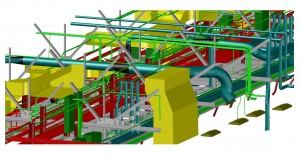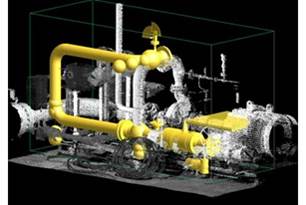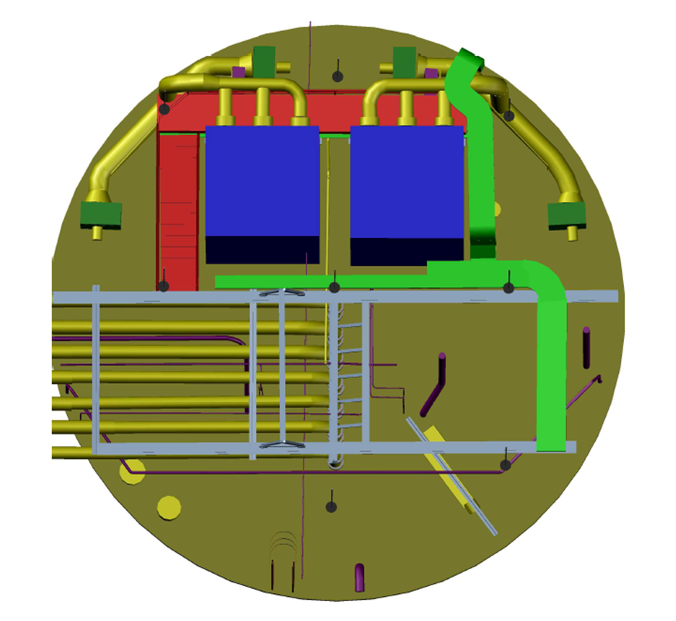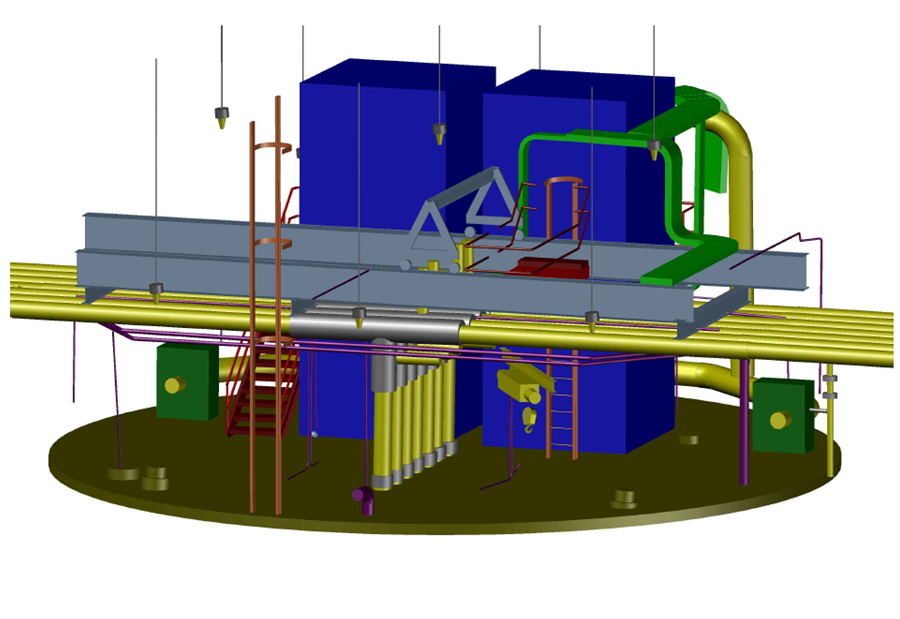Building Information Modeling (BIM) has changed how buildings, infrastructure, and utilities are planned, designed, built, and managed. Most BIM projects do not start off as greenfield projects, but instead must be built upon existing structures and conditions. At Wadelynn Geospatial, we specialize in helping get you the data and pre-existing models that will get you well on your way to laying the groundwork for your next BIM project.
What is BIM?
The National Building Information Model Standard Project Committee has the following definition:
Building Information Modeling (BIM) is a digital representation of physical and functional characteristics of a facility. A BIM is a shared knowledge resource for information about a facility forming a reliable basis for decisions during its life-cycle; defined as existing from earliest conception to demolition.
At the early stages of conception your BIM comes right into play, it’s a tool many competitive companies are utilizing. From design and coordination, through construction and maintenance, your BIM project will continually provide valuable resources to your engineers, builders and clients.
Where do you fit in?
Right from the start we want to help get you off on the right foot, through the use of our point cloud data we have the ability to provide intelligent components and models of existing facilities. These models can then in turn be brought into your proprietary software (Navisworks, AutoCad, PDMS etc.) for use in further design, development, and construction.
Why do I need a Model?
Our models provide designers the ability to take a layered approach to their project. Typically, a point cloud of your facility is very dense and difficult to design around. Through the use of our 3D Models, complex or detailed projects can often be simplified into major groups of construction components (i.e. pipes, steel members, electrical boxes, etc.) which can be “turned off” for easier navigation and comprehension of existing conditions. Ideally engineering and design firms will have the capabilities to utilize both the model and the point cloud. This allows them to take advantage of the model for easy layout and clash detection, while utilizing the point cloud as a “confidence check” to review the final design.








